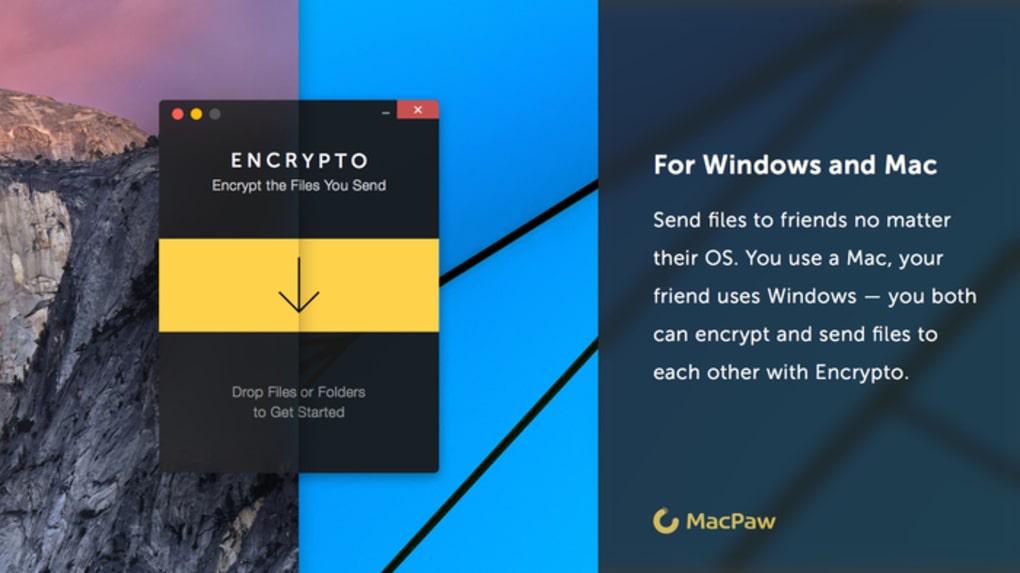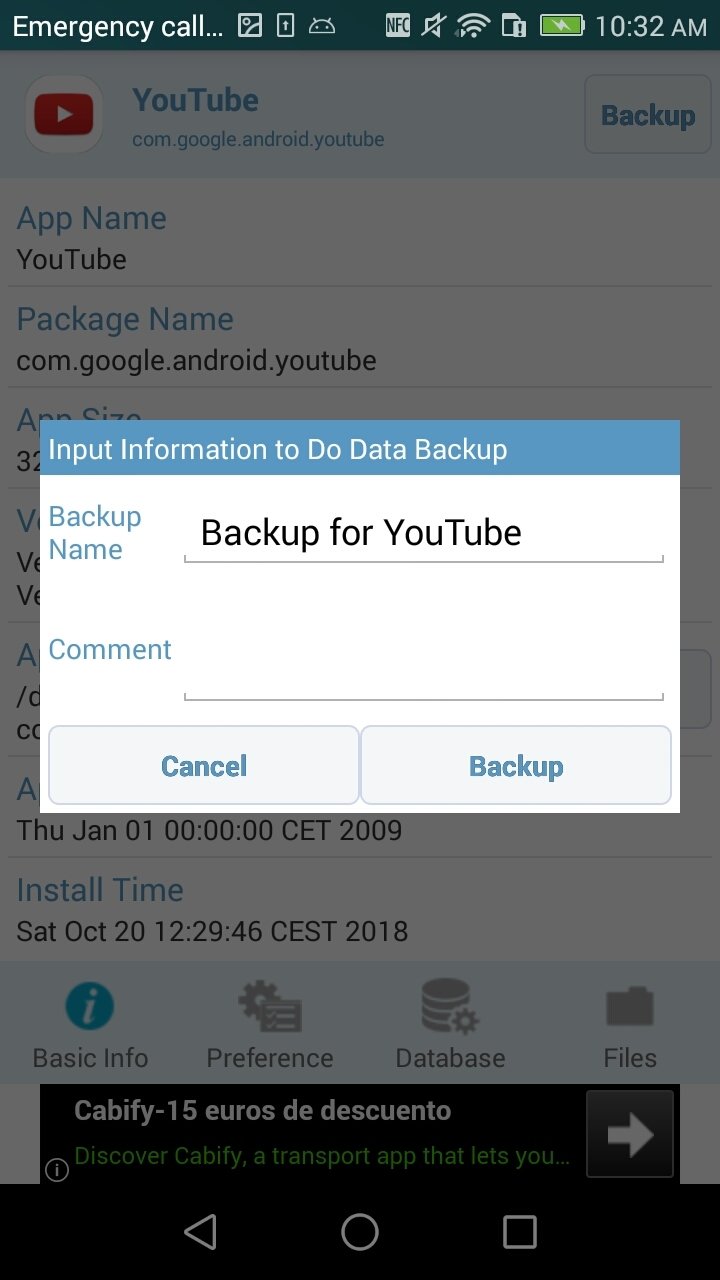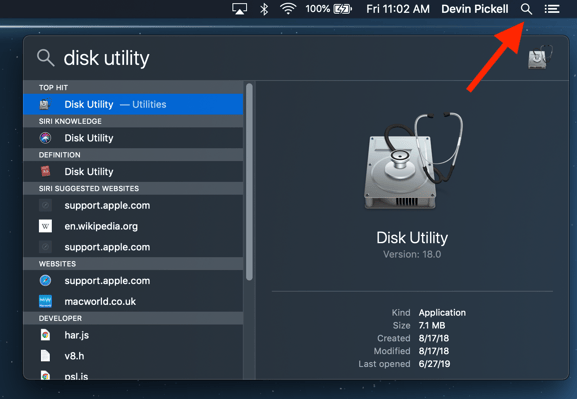Encrypt PC with EaseUS LockMyFile - Paid. Supported OS: Windows OS.
Turn on and set up FileVault
- One of the best software in regards to photo encryption is WinTrezur v1.1.1. At a glance, it looks like any other photo encryption software. It has a wide set of features that make it truly user beneficial. Be it duplicate image file finder, video encryption, a fast preview of encrypted photos, quick.
- Best Encryption Software for Mac. Now let’s take the direction of our discussion towards Mac, Apple’s prolific desktop OS that certainly isn’t invulnerable to hacking threat. Here are a few available options to ensure the security of your data on it. Mac users should go with Concealer encryption software.
FileVault 2 is available in OS X Lion or later. When FileVault is turned on, your Mac always requires that you log in with your account password.
- Choose Apple menu () > System Preferences, then click Security & Privacy.
- Click the FileVault tab.
- Click , then enter an administrator name and password.
- Click Turn On FileVault.
If other users have accounts on your Mac, you might see a message that each user must type in their password before they will be able to unlock the disk. For each user, click the Enable User button and enter the user's password. User accounts that you add after turning on FileVault are automatically enabled.
Choose how you want to be able to unlock your disk and reset your password, in case you ever forget your password:
- If you're using OS X Yosemite or later, you can choose to use your iCloud account to unlock your disk and reset your password.*
- If you're using OS X Mavericks, you can choose to store a FileVault recovery key with Apple by providing the questions and answers to three security questions. Choose answers that you're sure to remember.*
- If you don't want to use iCloud FileVault recovery, you can create a local recovery key. Keep the letters and numbers of the key somewhere safe—other than on your encrypted startup disk.
If you lose both your account password and your FileVault recovery key, you won't be able to log in to your Mac or access the data on your startup disk.
Encryption occurs in the background as you use your Mac, and only while your Mac is awake and plugged in to AC power. You can check progress in the FileVault section of Security & Privacy preferences. Any new files that you create are automatically encrypted as they are saved to your startup disk.
When FileVault setup is complete and you restart your Mac, you will use your account password to unlock your disk and allow your Mac to finish starting up. FileVault requires that you log in every time your Mac starts up, and no account is permitted to log in automatically.
Reset your password or change your FileVault recovery key
If you forget your account password or it doesn't work, you might be able to reset your password.
If you want to change the recovery key used to encrypt your startup disk, turn off FileVault in Security & Privacy preferences. You can then turn it on again to generate a new key and disable all older keys.
Turn off FileVault
If you no longer want to encrypt your startup disk, you can turn off FileVault:
- Choose Apple menu > System Preferences, then click Security & Privacy.
- Click the FileVault tab.
- Click , then enter an administrator name and password.
- Click Turn Off FileVault.
Decryption occurs in the background as you use your Mac, and only while your Mac is awake and plugged in to AC power. You can check progress in the FileVault section of Security & Privacy preferences.
Learn more
- Learn how to create and deploy a FileVault recovery key for Mac computers in your company, school, or other institution.
- If you're using FileVault in Mac OS X Snow Leopard, you can upgrade to FileVault 2 by upgrading to OS X Lion or later. After upgrading OS X, open FileVault preferences and follow the onscreen instructions to upgrade FileVault.
- RAID partitions or non-standard Boot Camp partitions on the startup drive might prevent OS X from installing a local Recovery System. Without a Recovery System, FileVault won't encrypt your startup drive. Learn more.
* If you store your recovery key with Apple or your iCloud account, there's no guarantee that Apple will be able to give you the key if you lose or forget it. Not all languages and regions are serviced by AppleCare or iCloud, and not all AppleCare-serviced regions offer support in every language. If you set up your Mac for a language that AppleCare doesn't support, then turn on FileVault and store your key with Apple (OS X Mavericks only), your security questions and answers could be in a language that AppleCare doesn't support.
The data on your Mac, which is important, can be vulnerable to prying eyes or malicious hackers, etc. Luckily, encryption software is here to help. Encryption is a good way to protect your data. This article will talk about the best encryption software for Mac to protect your apps, emails, disks, folders, files and other important or sensitive data. There’s even free Mac encryption software, which will also be covered in the article.
Why do we encrypt?
You may keep sensitive information, personal or work related, on your Mac, such as personal photos, critical bank information or business documents etc., which if leaked or stolen, could potentially lead to fraud, blackmail, identity theft or other threats. Encryption makes your information inaccessible or unreadable by an unauthorized third party. That’s why Mac encryption apps can be helpful if not necessary.
8 best encryption software for Mac 2021
#1 Cisdem AppCrypt — the best app encryption software for Mac
Cisdem AppCrypt for Mac is the best encryption software when it comes to keeping apps safe from others, due to its high ease of use and effectiveness. You may want to encrypt certain apps (e.g. Photos) when others can access your Mac so as to protect privacy.
AppCrypt helps you easily and safely lock apps without modification on any system or application files. You just need to set a strong password to protect your apps from unapproved access and usage. If someone tries to open an encrypted app and enters a wrong password, the software will record the failed attempt with date and time and take a photo of the intruder. In addition to encrypting apps, it can also stop unauthorized access to specific websites.
AppCrypt
- Encrypt any apps such as Photos, Messages, Notes, Mail, Quicken, etc.
- Record failed attempts to open locked apps with time, date and photos of intruders
- Block websites and webpages on Safari and Google Chrome
- Provide a useful schedule feature
- Hard to bypass and easy to use
- Help guard privacy, block unwanted websites and more
- Can be used for privacy protection, productivity, parental control, etc.
- Support macOS 10.10 or later
Steps to encrypt apps on Mac with the software
1. Download AppCrypt and install it.
2. When you open the software for the first time, set a password. Read the warning before you submit the password.
3. Click the software’s icon and choose Open Main Window.
4. In the main window, click Add App. Select the apps that you want encrypt and click Add. Alternatively, you can do it by dragging apps into the left sidebar.
Now the selected Mac apps are protected by password and become inaccessible. To turn off encryption, in the left sidebar of the main window, select the app and then click Remove App.

Want to make the encryption even more effective? Here’s a tip. In the top right corner of the main window, click Menu > Preferences. Enable Launch at system startup.
Pros
- Password protect any apps on your Mac effectively
- Record unauthorized attempts to access the protected apps
- Also block websites and webpages with password
- Easy to use with intuitive interface
#2 GNU Privacy Guard — the best email encryption software for Mac
GNU Privacy Guard (also known as GPG or GnuPG) is the best free software for email encryption. In addition to macOS, it’s available for Windows, Linux and more.
GPG, which is PGP-based, uses two forms of encryption: symmetric-key cryptography and public-key cryptography, bringing good speed and security. It can encrypt both email messages and attached files such as PDF documents and images. Once an email is encrypted by it, only the sender and recipient are able to see the content.
Note that this piece of email encryption software can encrypt only the content of your email but not its subject line. If it’s a confidential email, make sure that the subject line doesn’t give away anything.
Steps to encrypt email on Mac with the software
1. Install the software on your Mac.
2. Generate a key pair and distribute your own public key.
3. Import someone else’s public key.
4. Drag other people’s public key into the system as recipients, and then encrypt your email on Mac.
You should decrypt an email with your private key.
For more details, you can go to GPG's website.
Pros
- Free Mac encryption software for Mac
- Support expiring signatures and paired keys
- Encrypt emails and other data
- Support multiple algorithms
- Cross-platform
#3 FileVault — the best disk encryption software for Mac
FileVault is a piece of Mac encryption software for users of Mac OS X 10.7 Lion or later. It is a method of using encryption with volumes on Mac computers. Encryption and decryption are performed on the fly.
FileVault 2 is the newer version that can encrypt the entire macOS startup volume and typically includes the home directory, abandoning the disk image approach. You can use FileVault 2 to help prevent access to documents and other data stored on your startup disk.
While a user’s account password could unlock the FileVault encryption when logging into the Mac, the user would also need to create a “Master Password” in the event that the user account password was lost.
Steps to encrypt disk on Mac with the software
1. Go to System Preferences.
2. Go to the Security & Privacy pane.
3. Select the FileVault tab.
4. Click the lock to make changes and click the Turn On FileVault... button.
Pros
- Mac’s built-in encryption software
- Allow you to keep unwanted visitors away
- Automatically clean up unnecessary system files
- Use the XTS-AES 128-block cipher
Cons
- Encrypt only the home folder (The files outside the home folder would be totally unprotected in the event of theft or other unauthorized access.)
#4 VeraCrypt — the best file encryption software for Mac
VeraCrypt, open-source file encryption software, is used for on-the-fly encryption. It can create a virtual encrypted disk or container within a file or encrypt a partition or the entire storage device. The software is available for macOS, Windows and Linux.
The software is a fork of the TrueCrypt project (which is discontinued). There have been many improvements and optimizations since its initial release in 2013.
VeraCrypt supports AES, Twofish, Serpent and some other well-known encryption ciphers. It supports the creation of hidden, encrypted volumes within other volumes.
Best Free Encryption Software For Mac
Steps to encrypt files on Mac with the software
1. Download and install the file encrypt software on your Mac. Open it.
2. Select a slot and click Create Volume.
3. Choose to create an encrypted file container and set it to be a standard volume. Specify a location on your computer.
4. Choose a desired encryption algorithm and set the volume size.
5. Now set a volume password.
6. Once the encrypted volume is created, you can use it to encrypt the files on your Mac.
Pros
- Free and open-source
- On-the-fly encryption
- Excel at encrypting Mac files
- Help prevent data leaks and theft
- Cross-platform
#5 Disk Utility — the best Mac software for folder encryption
Included with macOS, Disk Utility allows users to effortlessly and effectively encrypt folders, which makes it the best free folder encryption software for Mac.
It offers two types of encryption: 128-bit AES encryption and 256-bit AES encryption. The former should be enough for most users. If you want an even higher level of security, you can choose the latter.
There are to ways to do the encryption: directly encrypting an existing Mac folder (via the Image from Folder option) or creating an encrypted container or more precisely disk image for folders (via the Blank Image option).
Steps to encrypt folders on Mac with the software

1. On your MacBook Pro, MacBook Air or iMac, etc., open Disk Utility.
2. From the menu bar, select File > New Image > Image from Folder.
3. Select the folder that you want to encrypt and click Choose.
4. Choose a location to store the encrypted folder. Select a desired type of encryption and set a password.
5. Select an Image Format. Here I choose read/write so that I can add files to this encrypted Mac folder.
6. Click Save. And the software will start encrypting.
Pros
- Built-in to Mac and free to use
- Easy to encrypt and decrypt
- Give users enough options
#6 Finder — the best Mac software for USB encryption
Free Encryption Software For Mac

Since macOS Mojave, you can encrypt and decrypt USB flash drives (aka thumb drives) or USB-connected hard drives via Finder without erasing data. It’s a piece of free encryption software for Mac that inherits the same XTS-AES encryption as FileVault 2. Once you encrypt data on your removable drives, this Mac encryption software won’t let you access them without a correct passphrase.
Steps to encrypt USB drive on Mac with the software
1. Plug USB flash drive into your Mac computer.
2. Launch the Finder app.
3. Control-click the disk icon in the left sidebar.
4. Click Encrypt (name of your USB) in the dropdown menu.
5. Enter a password and encrypt the drive.
Pros
- Built-in to Mac, requiring no installation
- Easy to use
Cons
- Won’t see the encryption option if you haven’t formatted the USB flash drive through GUID partition map before
#7 Unarchiver — the best Mac software for ZIP file encryption
Unarchiver is a compression and decompression program. Also, it can be used as the best compression program to encrypt files. The software creates password protected zipped files on Mac in one click and makes working with three formats of compressed files easy.
You can pack all your important files in an encrypted, password protected archive by compressing your file and selecting a password to protect your archived file.
Steps to encrypt ZIP file on Mac with the software
1. Download and install the Zip encryption software on Mac.
2. Click on the iPack icon.
3. Add the files to the new pop up dialog.
4. Click on the Compress icon.
5. It will ask you to rename the ZIP file, and from this dialog, you can also set a password to protect your files.
Pros
- Zip and unzip files on Mac
- Open RAR, Zip, 7-zip, ISO, TAR and CHM files etc.
- Offer solid encryption for archives
Disk Encryption For Mac
#8 CloudMounter — the best Mac software for online data encryption
CloudMounter is designed to organize various cloud servers and connecting to web servers. It keeps your online data protected without unauthorized access and supports services like Dropbox, OneDrive, Google Drive and Amazon S3 etc.
Steps to encrypt online data on Mac with the software
1. Choose Encrypt from the context menu.
2. Type a password and verify it.
3. Tick the optional boxes and click on the Encrypt button.
Pros
- Mount the big cloud services
- Reliably encrypt and protect cloud files
Factors to consider when choosing the best encryption software for Mac
Free Encryption For Email
The type of encryption you need Some encryption apps such as AppCrypt are good at protect your apps, some excel at protecting files and folders, and some have a reputation for email encryption. It depends on your needs.
The level of security There are various encryption algorithms. Different apps may use different algorithms. Some are weak (but still helpful enough for many), and some are stronger. Certain Mac encryption apps with stronger security may be a bit hard to set up and use for inexperienced users.
Encryption speed The speed is a factor that many people would consider. When it comes to encrypting large files or even entire drives, the speed is particularly important.
Ease of use Encryption software that is too complex can be overwhelming to a novice. An intuitive and user-friendly one is better.
Open-source software or not There are some free encryption software for you to choose, but free things are not necessarily good, similarly, encryption programs you need to pay are not always good, but you always get choices to try the applications for free before you pay for it.
Final words

Free Encryption For Gmail
The above are the top 8 Mac encryption apps. All of them have their own features, advantages, and disadvantages. Before deciding which one to use, you’d better tested them to better understand the functions, speed, and compatibility. If the key feature satisfies your demands, you can first try the encryption software for Mac to lock your apps, emails, files, folders, USB drives, or other items.



